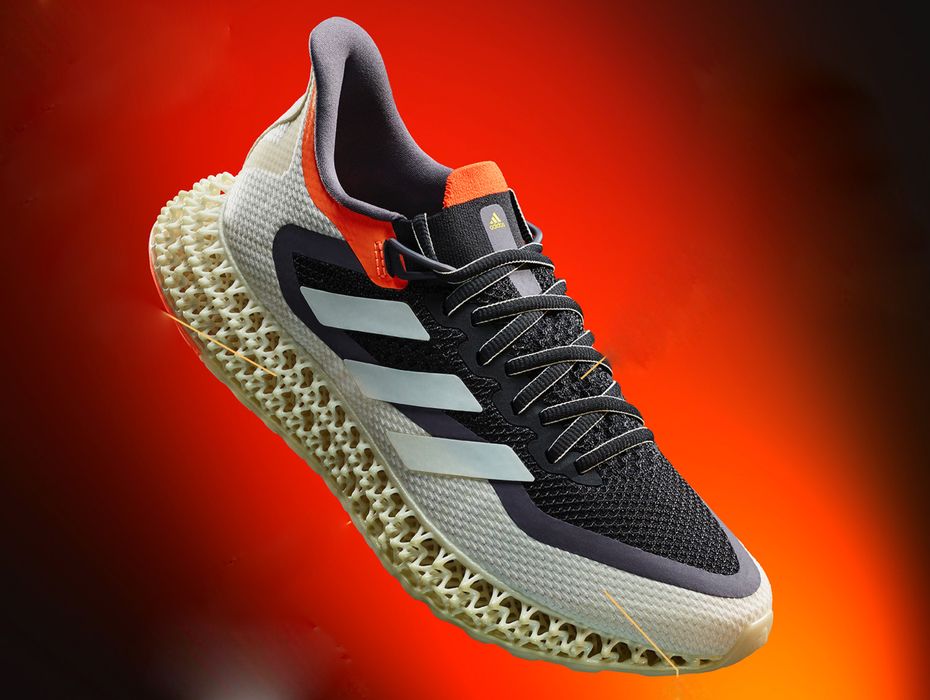
The new 4DFWD running shoe from Adidas demonstrates what is possible with advanced software driving 3D printing.
Adidas and Carbon have had a long relationship centered around the idea of developing highly advanced midsoles for use in Adidas’ line of sophisticated running shoes.
The proposition was that it could be possible to design a complex lattice structure for the midsole that would not only provide some shock absorption and comfort, but might also provide some mechanical benefit. And look cool, too.
The project required Carbon to provide a means to design these complex lattices, and that’s exactly what they did: Their Design Engine system is able to create lattices that are far more sophisticated than just a uniform structure. Instead it’s possible to use the tool to create structures with different kinds of lattices in zones. This opens up interesting mechanical force engineering possibilities.
In the latest iteration of the 4DFWD midsole the two companies seem to have taken this a step higher. Adidas explains how the new midsole works:
“Designed to move runners in one direction only: forward-the shoe’s industry-first bowtie-shaped lattice midsole transforms vertical pressure into a horizontal force, providing runners with a non stop smooth forward transition.”
This is precisely how complex 3D prints should be engineered: their structure inherently provides new function. But how did they come up with the solution? That’s even more interesting. They explain further:
“To make the impossible quest of creating the most technologically advanced running shoe yet a reality, adidas evaluated over five million variations of the lattice structure and combined 18 years of real-world athlete performance data to identify a design that would change the game for runners around the world. Harnessing the power of 4D, adidas collaborated with its global innovation partner-Carbon’s Digital Light Synthesis – to create a precisely fine-tuned midsole, which offers a scientifically proven forward motion benefit.”
Obviously they didn’t literally 3D print five million variations of the midsole and have runners worldwide test them. Instead I strongly suspect they used some kind of complex simulation software to evaluate the millions of possibilities.
Note that the five million number isn’t quite as big as you might think. For example, suppose the base midsole design has, say, seven parameters that can be tweaked, each of which has nine levels. This means the number of possibilities would be 9 x 9 x 9 x 9 x 9 x 9 x 9 = 4,782,969 possible designs. I suspect the midsole design is something like that.
However, the point here is that Carbon and Adidas scoured the possibilities to identify the most optimum combination of parameters — in software — to select the winning design.
Imagine how much more complex and thorough this is than the design process of years past. Then a few guesses would be made into prototypes and then physically tested. Here we are reaching deep into the unimaginable world of potential and pulling out the best answer, something that could literally never have been done without 3D printing and complex software to match.
Some say that Carbon is actually a kind of software company that happens to do 3D printing, and I think that’s not a bad idea at all. After all, it’s software that really drives those printers, and this is a terrific example of how that can be done in the most sophisticated manner.
